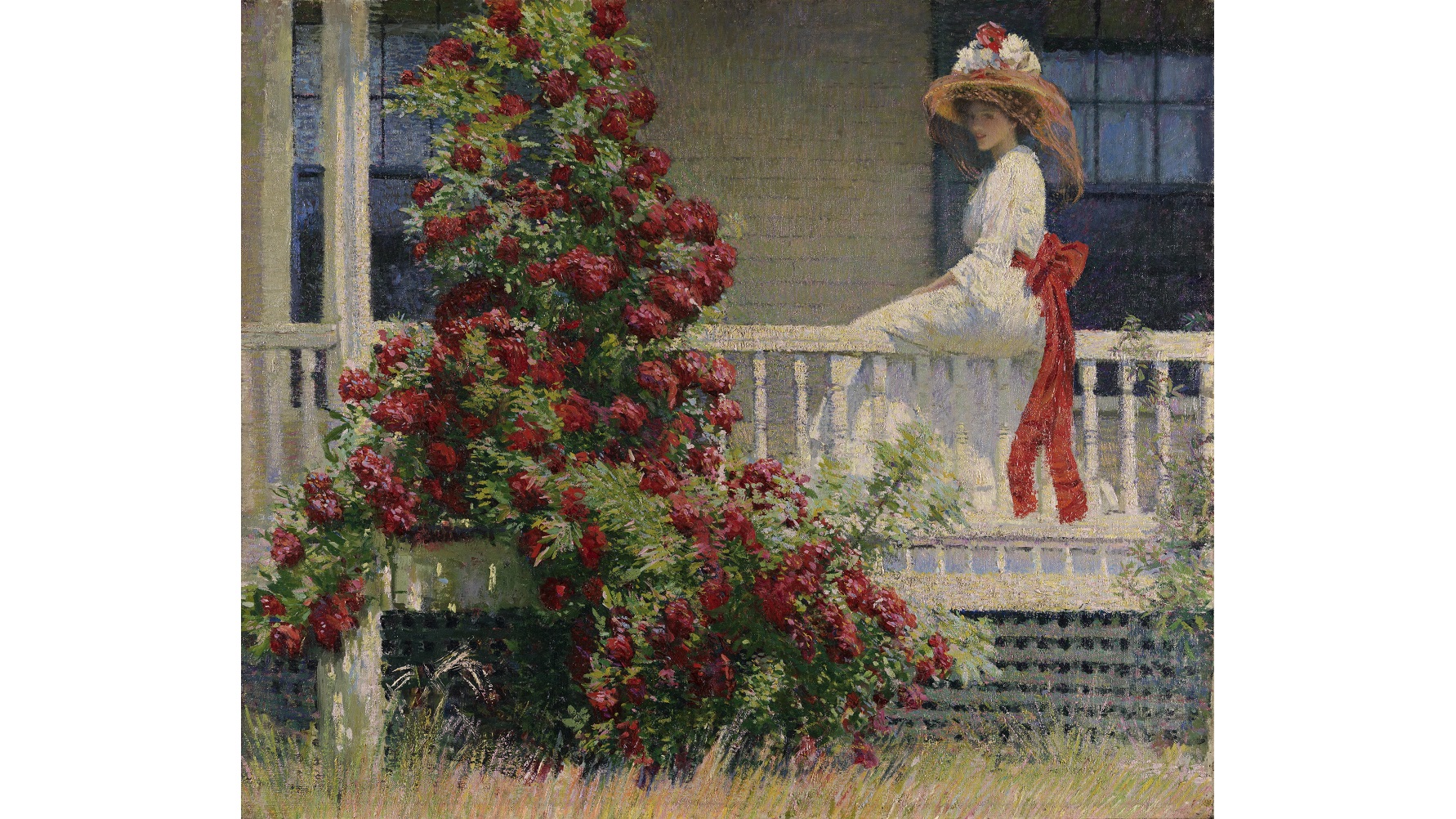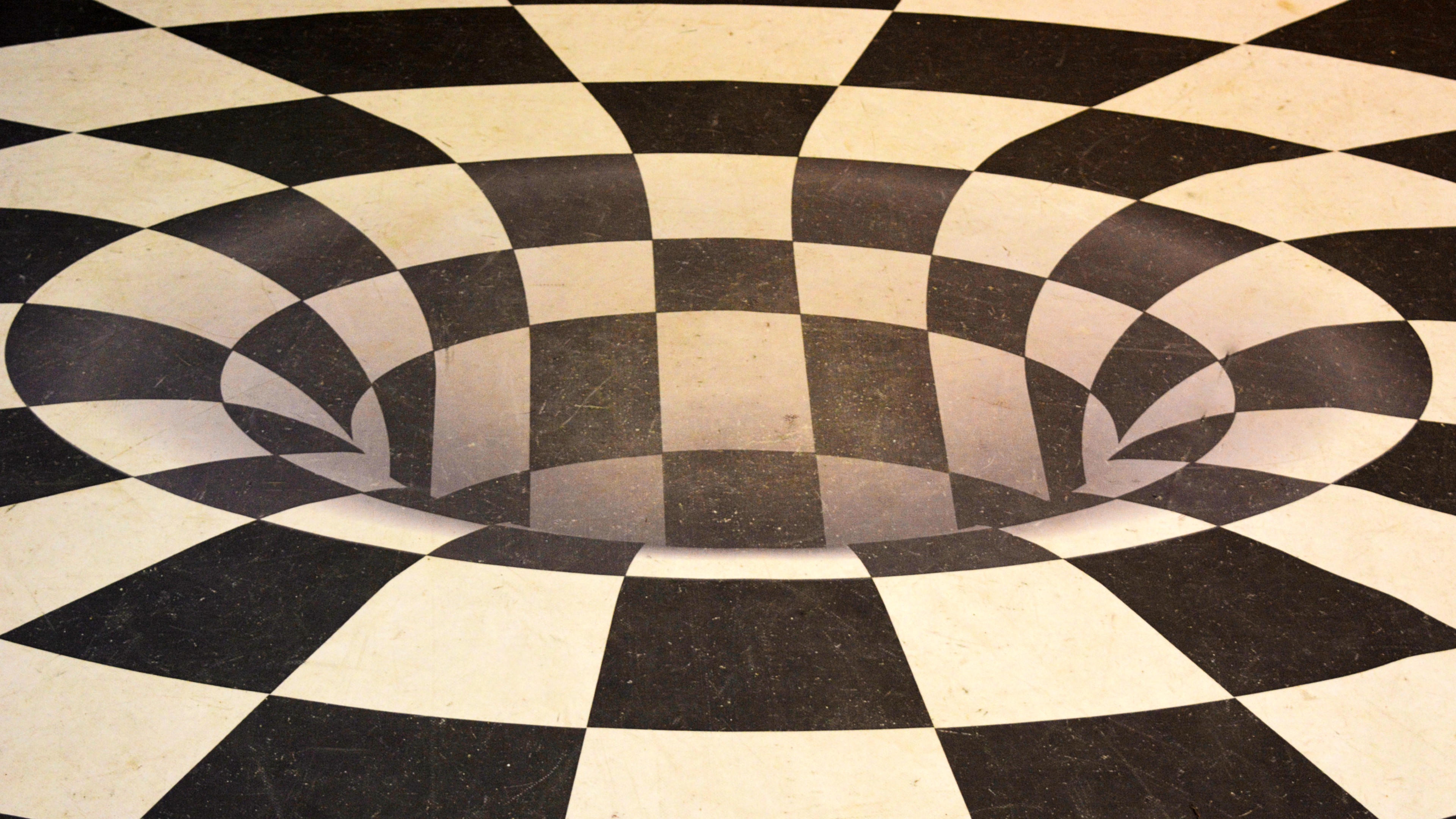Toward Cultural Revolution in Egypt
“What Egypt needs is a durable social movement that decades from now can influence politicians and decision-makers.” Osama Diab at The Guardian is nostalgic for flower power. “Whether we agree or disagree with the values of the hippy movement, one can’t deny that it had its own distinctive culture creating one of the strongest social revolutions in history. Its emphasis on equality and environmental and pacifist values still influence the world today, and its subculture became part of American mainstream culture in the 1970s. Here in Egypt, a country that puts so much emphasis on people’s gender, social class and religion, a strong grassroots social movement and a subculture needs to emerge with a list of social, political and environmental demands.”




